Best Practices Articles

Leading Channel Transformation Through Culture, Systems, and Execution
True channel transformation demands more than new frameworks and updated messaging. Operational leaders must align vision with action, establish clear KPIs, and foster an adaptive partner ecosystem. Effective channel leadership enables organizations to thrive amid complexity by embedding accountability, streamlining systems, and empowering people.
This article explores how transformational leaders build, evolve, and scale partner programs by reinforcing core cultural values, leveraging intelligent systems such as PRM software, and executing with operational rigor. These leaders draw lessons from real-world global transformations and demonstrate the mindset, structure, and metrics that define next-generation channel excellence.
1. Embedding Culture into Channel Leadership
A foundational culture built on trust, transparency, and shared purpose is at the heart of any successful channel transformation. Channel leaders must intentionally define and model this culture to ensure that internal teams and external partners align around common goals.
Channel leaders build this culture by consistently communicating priorities, providing context for change, and demonstrating commitment to partner success. They also set the tone for accountability—clarifying that success depends on results and behaviors.
Leaders unify distinct channel approaches during high-stakes changes like post-merger integration by creating shared language, values, and expectations. They involve stakeholders from all levels—sales, marketing, operations, and partners to shape a new cultural identity.
Recognition strengthens culture. Leaders celebrate small wins, elevate top contributors, and spotlight partner collaboration to create motivation that extends beyond monetary incentives. When leaders invest in people—not just processes—they build more resilient organizations.
Culture holds transformation together. Without it, even the most sophisticated systems falter. With it, leaders empower teams and partners to adapt, innovate, and execute at scale.
A strong channel culture also influences partner selection and retention. When partners sense integrity, purpose, and clarity from leadership, they are more likely to commit long-term. Culture shapes reputation—and reputation shapes competitive differentiation.
2. Aligning Strategy with KPIs and Operating Plans
Channel leaders build successful transformations by tying measurable progress to strategy. They define and cascade key performance indicators (KPIs) that align with corporate goals and partner outcomes.
Channel leaders begin by collaborating with C-level executives to understand broader strategic goals. They then translate those goals into KPIs reflecting partner program results—pipeline contribution, partner-led revenue, certification growth, and program participation.
Each KPI includes a precise definition, benchmark, and timeline. Reporting systems track these metrics, and the organization gains visibility into them. Channel managers understand which KPIs they influence and how their efforts drive results.
For example, when a company prioritizes AI product adoption, leaders track the percentage of partners certified on AI offerings or the volume of AI-influenced deals. Leaders measure geographic partner coverage or pipeline velocity in emerging markets when the company emphasizes international growth.
Leaders embed KPIs into weekly leadership reviews, quarterly business reviews, and annual planning to maintain alignment. They also conduct skip-level check-ins to stay connected to frontline execution.
By connecting strategy to measurable execution, leaders drive accountability and elevate partner performance.
KPI alignment drives behavioral change. When program leaders tie metrics to incentives, recognition, and resource allocation, they guide partners and internal teams to prioritize what they measure. This approach strengthens the program’s direction and increases its business impact.
3. Building Intelligent Infrastructure with PRM Software
No modern channel transformation succeeds without the right technology foundation. Channel leaders use Partner Relationship Management (PRM) software to scale enablement, streamline operations, and gain data transparency.
PRM platforms serve as the digital operating system for partner programs. They centralize onboarding, training, deal registration, performance tracking, and communication. This infrastructure allows teams to automate manual tasks, accelerate partner ramp time, and ensure consistent regional experiences.
Innovative leaders treat PRM as a dynamic engagement hub—not a static portal. They integrate PRM with CRM, learning management systems (LMS), and marketing automation tools to create seamless workflows. They design PRM environments to mirror the partner journey, making it easier to navigate and more productive.
PRM systems give leaders real-time visibility into program performance. Dashboards track partner health, monitor progress, and highlight areas for improvement. These insights guide tactical decisions and inform long-term strategy.
For example, leaders with low training adoption in a region adjust content or change delivery formats. When deal registration declines, they investigate incentive clarity or improve sales alignment.
With PRM software, channel leaders execute smarter decisions. They scale strategies efficiently and adapt programs quickly based on real-time data.
PRM infrastructure also drives personalization. Leaders can use behavioral data to segment partners and deliver custom content, enablement paths, and communications. This personalization fosters engagement and increases partner satisfaction.
4. Leading Through Organizational Change and Integration
Channel leaders often lead during transformative moments—mergers, product rollouts, or regional expansion. They must bring order to complexity and guide the organization toward new outcomes.
Effective leaders begin integration with a structured assessment. They audit current programs, collect partner feedback, and map internal workflows to uncover inefficiencies and opportunities. They listen to frontline teams, customers, and partners to inform their strategy.
With data, they decide what to retain, evolve, or retire. They design updated tiering models, refine routes to market, and realign internal support structures. They communicate why each change matters throughout the process, building trust and buy-in.
Leaders establish new operating rhythms to maintain focus. They run cross-functional reviews, field check-ins, and advisory councils to reinforce execution. They pilot changes in specific markets and adapt based on results before scaling broadly.
Channel leaders stay engaged and visible. They bridge the gap between strategic planning and hands-on execution, ensuring clarity across the organization.
Channel transformations succeed because leaders execute with empathy, precision, and resilience—not just because they develop sound strategies.
To ensure sustainable transformation, leaders embed change management principles. They train internal teams on new systems, clarify role shifts, and build reinforcement mechanisms that hardwire new behaviors into the culture. This ensures the transformation lasts beyond the initial rollout.
5. Cultivating Long-Term Partner Loyalty and Performance
Channel leaders measure true transformation by how well they drive long-term partner loyalty and sustained performance. They build loyalty by creating value and investing in partner success.
They simplify operations, reduce friction, and deliver timely support. They listen actively to partner feedback and apply it to refine the program, solve problems, and discover new opportunities.
Leaders design enablement to match partner maturity, regional focus, and business models. They build incentive programs that reward strategic actions—such as customer satisfaction, cross-sell motions, or innovation initiatives.
They spotlight partner success to foster learning, drive engagement, and scale best practices. They build deep relationships that extend beyond transactions, anchoring trust through every business cycle.
As competition increases, loyalty becomes a differentiator. Leaders who build high-performing, trusted partner ecosystems secure revenue influence and resilience.
Loyalty also drives partner advocacy. Partners who trust the program become its most powerful evangelists—attracting peers, expanding market influence, and amplifying brand value. Leaders who invest in loyalty, therefore, invest in sustainable growth.
Conclusion
Leading channel transformation requires more than operational adjustments. Successful leaders embed transparency into every interaction, align strategies with measurable KPIs, and scale through intelligent systems.
They unify global complexity, adapt to partner needs, and drive performance with clarity and accountability. Most importantly, they champion people and culture as catalysts for lasting transformation.
By balancing vision with execution, culture with systems, and accountability with trust, channel leaders build programs that do more than evolve—they thrive.
Future-ready leaders treat transformation as a continuous cycle—not a one-time project. They revisit goals, refresh insights, and recalibrate strategies as markets shift. In doing so, they build channels that remain agile, resilient, and indispensable to business growth.
Best Practices Guidebook
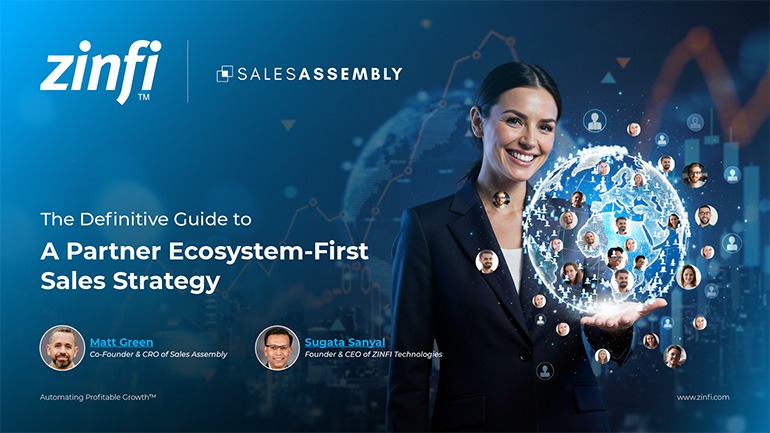 Definitive Guide to a Partner Ecosystem-First Sales Strategy
Definitive Guide to a Partner Ecosystem-First Sales StrategyDownload for FREE
 The Partner-Led Digital and AI Transformation Best Practices
The Partner-Led Digital and AI Transformation Best PracticesDownload for FREE
 Startup Talent Recruitment: Hiring Missionaries, Not Mercenaries
Startup Talent Recruitment: Hiring Missionaries, Not MercenariesDownload for FREE
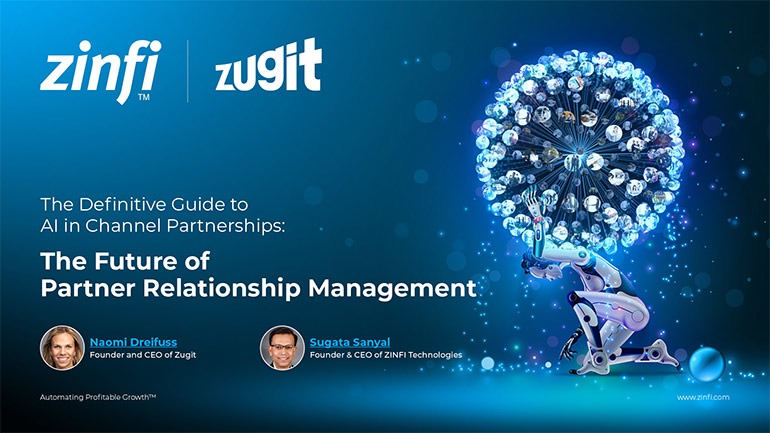 The Future of Partner Relationship Management with AI in Partnerships
The Future of Partner Relationship Management with AI in PartnershipsDownload for FREE
 Cybersecurity for the 99%: Strategies from the Frontline
Cybersecurity for the 99%: Strategies from the FrontlineDownload for FREE
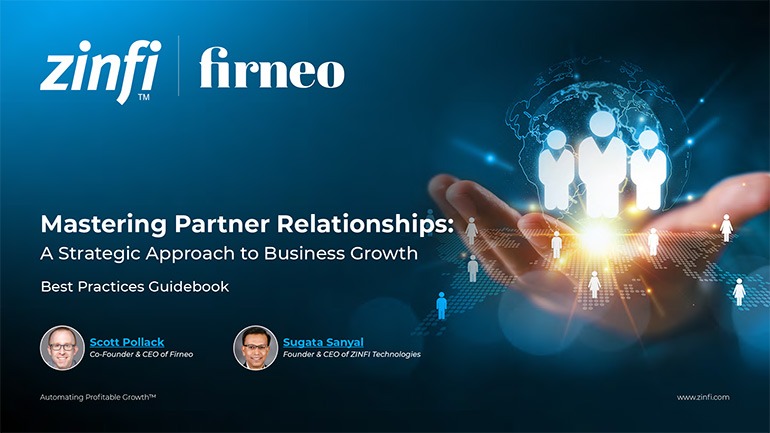 Mastering Partner Relationships: A Strategic Approach to Business Growth
Mastering Partner Relationships: A Strategic Approach to Business GrowthDownload for FREE
 The Smart Manufacturing Playbook: Industry 4.0 Transformation
The Smart Manufacturing Playbook: Industry 4.0 TransformationDownload for FREE
 Mastering Partner Relationship Management: Keys to SaaS Channel Success
Mastering Partner Relationship Management: Keys to SaaS Channel SuccessDownload for FREE
 Navigating the AI Revolution: Guide for Partners in the Microsoft Ecosystem
Navigating the AI Revolution: Guide for Partners in the Microsoft EcosystemDownload for FREE
 Mastering the Modern Buyers Journey: Sales Leader’s Guide to AI & Engagement
Mastering the Modern Buyers Journey: Sales Leader’s Guide to AI & EngagementDownload for FREE
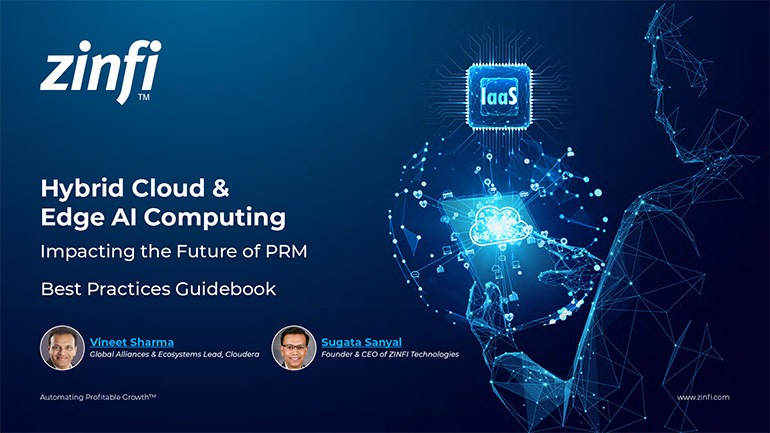 Hybrid Cloud and Edge AI Computing Impacting the Future of PRM
Hybrid Cloud and Edge AI Computing Impacting the Future of PRMDownload for FREE
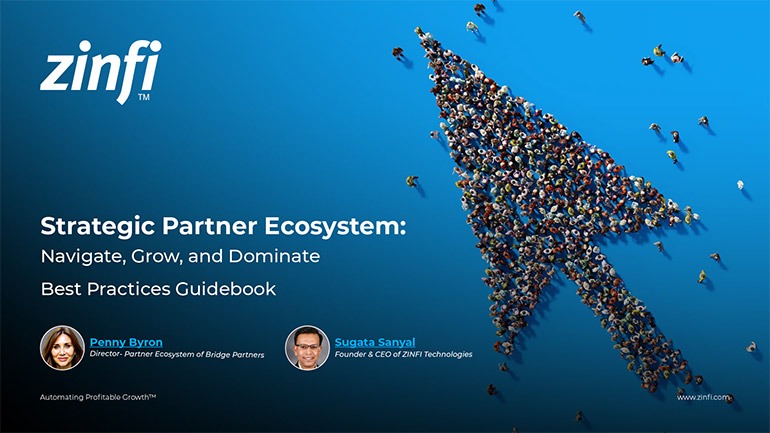 Strategic Partner Ecosystem: Navigate, Grow, and Dominate
Strategic Partner Ecosystem: Navigate, Grow, and DominateDownload for FREE
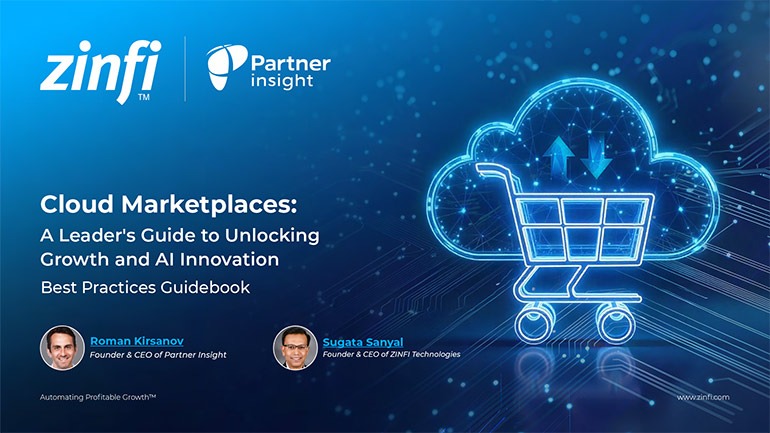 Cloud Marketplaces: Leader’s Guide to Unlocking Growth and AI Innovation
Cloud Marketplaces: Leader’s Guide to Unlocking Growth and AI InnovationDownload for FREE
 Getting More From Partner Performance: Guide to Measuring What Matters
Getting More From Partner Performance: Guide to Measuring What MattersDownload for FREE
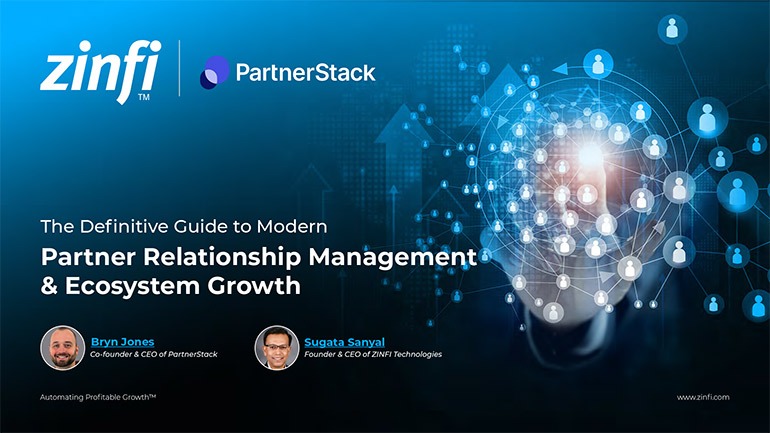 Guide to Modern Partner Relationship Management & Ecosystem Growth
Guide to Modern Partner Relationship Management & Ecosystem GrowthDownload for FREE
 Debunking the Entrepreneurship Myth Best Practices
Debunking the Entrepreneurship Myth Best PracticesDownload for FREE
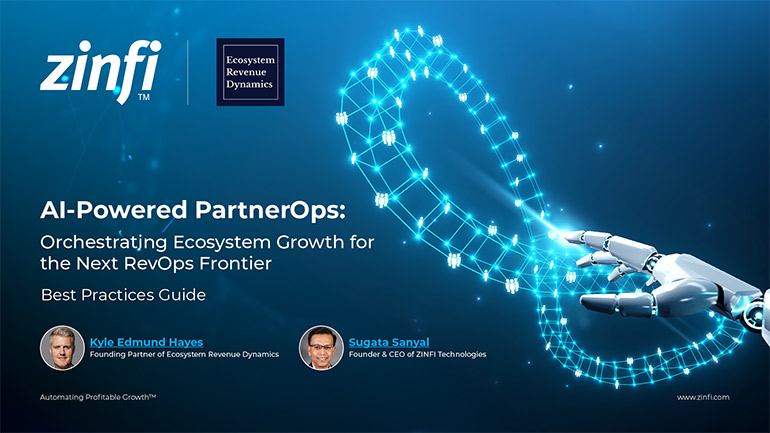 AI-Powered PartnerOps: The Next RevOps Frontier Best Practices
AI-Powered PartnerOps: The Next RevOps Frontier Best PracticesDownload for FREE







